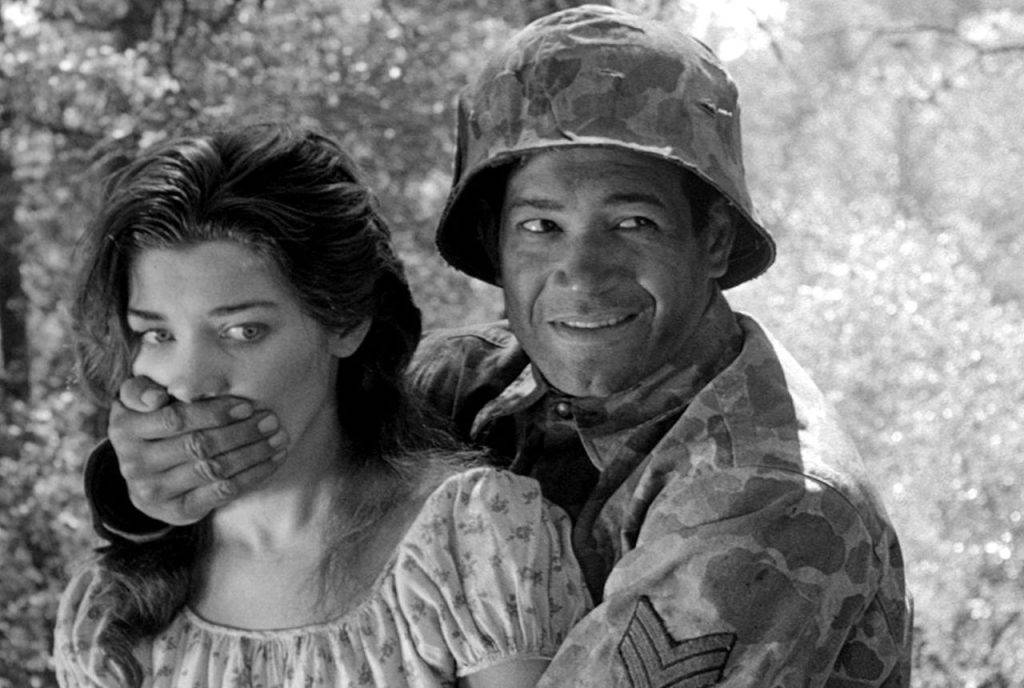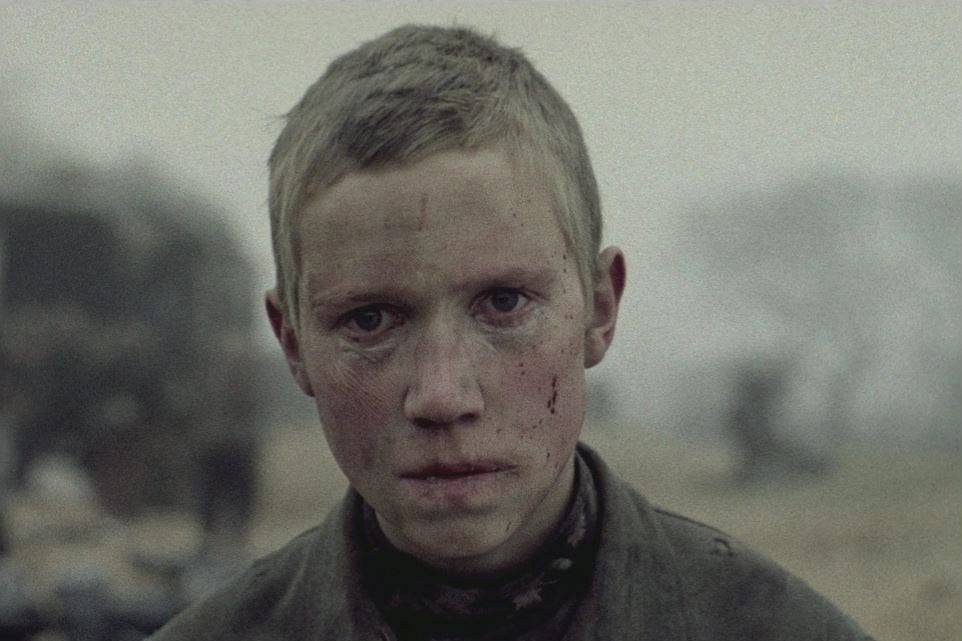John W. Brunius’s Fänrik Ståls sägner (1926) is one of the most ambitious historical films of the Nordic silent era. The film is about the last major Swedish war and the birth of Finnish nationhood – about defeat, memory, and identity.

Based on The Tales of Ensign Stål by Johan Ludvig Runeberg (1804–1877), the film transforms the poetry that defined Finnish identity into moving images. Its runtime is 184 minutes, in two parts: Del I & Del II. It is a silent film with Swedish intertitles.
Runeberg’s two-volume epic Fänrik Ståls sägner was originally published in Swedish in two parts, first published in 1848 and the second part in 1860. In Finnish, the title is Vänrikki Stoolin tarinat and is still a well-known national literary classic. The book recounts the Finnish War of 1808–1809, when Sweden lost Finland to Russia.
For Sweden, this was the end of its great-power era; for Finland, paradoxically, it was the beginning of a national awakening. The poems—and Brunius’s film a century later—convert defeat into moral victory, turning humiliation into dignity.
Sven Dufva, A Simple Hero

The film frames the war through the recollections of the ageing Ensign Stål, who tells of officers and soldiers—von Döbeln’s wounded pride, Colonel Sandels’s boisterous charm, the steadfast Lotta Svärd, and the pure-hearted infantryman Sven Dufva, whose simplicity becomes heroism.
Each vignette is self-contained, echoing Runeberg’s episodic verse. The narrative does not follow one protagonist but a mosaic of courage, loyalty, and endurance under impossible odds. Brunius uses this structure to evoke a collective portrait of an army—and a people—facing loss with honour.
Nordic Light and Landscape
Shot partly in Hämeenlinna, Ruovesi and Suomenlinna in Finland, and partly at Råsunda Studios in Stockholm, the film combines large-scale battle tableaux with intimate moral drama. Hugo Edlund’s cinematography captures Nordic light and landscape—snowfields, lakes, and forests that become moral spaces as much as physical ones.
Production designer Vilhelm Bryde’s sets, realistic uniforms, and disciplined blocking give a sense of 19th-century warfare that still reads credibly today. The silent acting style is elevated by sincerity rather than theatricality: Edvin Adolphson’s von Döbeln is stoic yet tormented; Axel Slangus’s Sven Dufva radiates naïve conviction; Ida Gawell-Blumenthal’s Lotta Svärd embodies the endurance of the home front.
The film is notable for its accuracy within the limitations of the era. Formations reflect early-19th-century tactics—line infantry, cavalry charges, and musket volleys. Uniforms distinguish Swedish-Finnish and Russian forces clearly. It also provides an invaluable visual record of how 1920s Scandinavia imagined the Napoleonic period—a hybrid of research, theatre, and myth.
Symbolising Finnish National Identity
Runeberg’s Ensign Stål poems were long regarded as the spiritual foundation of Finnish national identity. Before independence (1917) they offered a moral code: courage, honesty, humility, service. The opening poem, Our Land (Vårt land / Maamme), became the Finnish national anthem.
Sven Dufva’s story—of the slow-witted soldier who saves his comrades through simple bravery—became an enduring archetype in Finnish culture: the “good but stubborn Finn,” courageous to the point of folly, moral in deed if not intellect. Lotta Svärd, the soldier’s widow turned camp helper, lent her name to the women’s voluntary defence organisation founded after the Finnish Civil War (1918). Mobilised to support the Finnish Defence Forces during the Second World War against the Soviet Union and later Germany during the Lapland War, Lotta Svärd members worked in crucial roles like hospitals, air-raid warning positions, and with logistics and provisioning.
Thus, the film’s release in 1926 resonated deeply across the border: it visualised the same legends that schoolchildren in newly independent Finland were still reciting. It was not a Finnish production, but Finns recognised themselves in it.
The Last War For the Swedes
For Sweden, the film carried an entirely different symbolism. The Tales of Ensign Stål depicted the last war Sweden ever fought. After 1809, the country turned inward, embracing neutrality and social reform instead of conquest. By reviving these stories on screen, Brunius offered audiences a chance to mourn—and mythologise—the end of Swedish militarism.
Swedish critics at the time saw it as a patriotic pageant: a reminder that honour can survive defeat. Von Döbeln’s black headband became a national image of stoic leadership. To Swedish viewers of the 1920s, still recovering from the trauma of the First World War, which Sweden had avoided militarily but felt economically, the film’s message was clear: true heroism lies not in victory but in integrity.
Gestures of Loyalty
The genius of both Runeberg’s poems and Brunius’s adaptation is the duality of perspective. It is simultaneously Swedish and Finnish, imperial and national, tragic and uplifting.
The enemy, the Russians, is shown not as evil but as human—especially the officer Kulnev, portrayed respectfully, echoing Runeberg’s own Christian humanism. In this moral universe, war is not glorified. It is remembered to define virtue. The camera lingers not on slaughter but on faces, banners, and gestures of loyalty.
Praised For its Grandeur
At its 1926 premiere, Fänrik Ståls sägner was praised in both Sweden and Finland for its grandeur, though some critics found its pace solemn. Swedish reviewers emphasised its educational and patriotic function; Finnish viewers valued its faithfulness to Runeberg’s spirit.
The film soon fell into semi-obscurity as sound cinema arrived, but it remains a monument of Nordic cultural memory. Thanks to the archives of the Swedish Film Institute and Finland’s KAVI, both parts of the movie are now available online (see links below).
In both Sweden and Finland, the story continues to symbolise the idea that honour outlasts defeat, and that national identity can be forged not by triumph but by endurance. Ensign Stål is a celluloid memorial to the moment when Sweden’s military history ended and Finland’s sense of itself began.
The next silent historical epic film by the director, John W. Brunius, was Gustaf Wasa (1928), on the life of the sixteenth-century Swedish king Gustaf I. In this film, Edvin Adolphson played Kristian II of Denmark.
See More:
- Wikimedia: Fänrik Ståls sägner (1926), Del 1
- Wikimedia: Fänrik Ståls sägner (1926), Del 2



